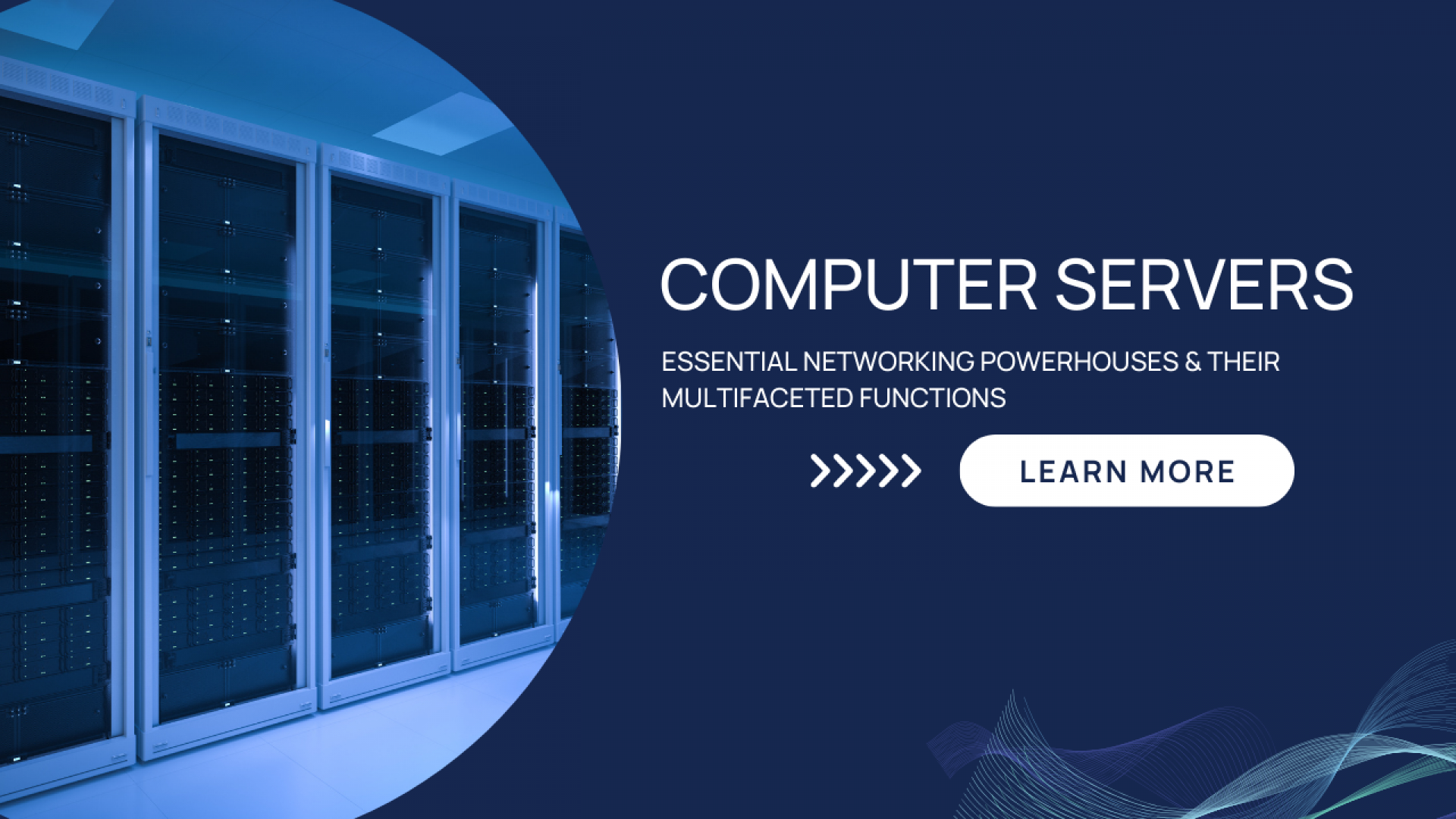
A computer server is a specialized hardware or software system designed to perform specific tasks and manage network resources. Servers typically function as the backbone of a computer network, facilitating communication between different devices and applications, providing access to shared resources, and enabling centralized storage and processing of data.
Servers come in various shapes and sizes, ranging from small servers that cater to the needs of small businesses to large-scale servers that support the infrastructure of global corporations and the Internet. There are several different types of servers, each with specific functions and purposes. In this article, we will explore the role of servers, their key components, and various types of servers to gain a better understanding of their significance in modern computing.
Role of Servers
Servers play a crucial role in computer networks by providing a centralized platform for managing and distributing resources. They are responsible for:
Hosting websites and applications:
Servers store and process the content and data required for websites and web applications, enabling users to access them via the internet.
File storage and sharing:
Servers act as centralized storage hubs, allowing users to store, retrieve, and share files across the network.
Database management:
Servers host and manage databases, providing efficient and secure access to data for applications and users.
Email and communication:
Servers handle the processing and routing of emails and other forms of digital communication, such as instant messaging and VoIP.
Networking and security:
Servers manage network connections and provide security features, such as firewalls, to protect the network and its resources from unauthorized access and malicious attacks.
Key Components of a Server
A server's components are similar to those of a personal computer but are typically more robust and reliable. Some of the key components of a server include:
Processor:
Also known as the CPU, the processor carries out instructions and performs calculations for various tasks. Servers often use multiple processors or multi-core processors to handle heavy workloads and ensure smooth performance.
Memory:
Servers use Random Access Memory (RAM) to store and quickly access data required for ongoing tasks. Servers typically have more RAM than personal computers to accommodate the higher demands of processing multiple tasks simultaneously.
Storage:
Servers utilize different types of storage devices, such as hard drives and solid-state drives (SSDs), to store data and applications. They often employ RAID (Redundant Array of Independent Disks) configurations to improve data redundancy and prevent data loss.
Network Interface:
The network interface allows servers to communicate with other devices and users on the network. It can be a wired Ethernet connection or a wireless Wi-Fi connection, depending on the server's requirements.
Types of Servers
There are various types of servers, each designed to perform specific functions. Some common server types include:
File servers:
These servers store, manage, and distribute files across a network, enabling users to access shared resources and collaborate on projects.
Web servers:
Web servers host websites and web applications, processing and delivering content to users through their web browsers.
Database servers:
These servers store, manage, and process data in databases, providing efficient and secure access for applications and users.
Mail servers:
Mail servers manage email communication, routing messages between senders and recipients while ensuring security and reliability.
Application servers:
Application servers host and run software applications, providing a platform for developers to build and deploy their applications across the network.
Proxy servers:
Proxy servers act as intermediaries between clients and other servers, forwarding requests and responses while providing additional security and caching functions.
Virtual servers:
These servers utilize virtualization technology to create multiple virtual servers on a single physical server. This allows for more efficient resource utilization and better flexibility in managing workloads.
Functions of a Computer Server
A computer server's primary function is to manage and distribute network resources efficiently and securely. It serves as a central hub that facilitates communication between devices, hosts websites and applications, stores and shares files, and manages databases. Servers also handle email and other digital communication, ensuring reliable and secure transmission. Additionally, they maintain network connections and security features to protect resources from unauthorized access and cyber threats. By providing centralized processing and storage, servers enhance collaboration, simplify resource management, and improve overall network performance, ultimately enabling seamless operations for businesses and individuals alike.
In conclusion, computer servers are essential components of modern computing infrastructure. They enable communication between devices and applications, provide access to shared resources, and facilitate centralized
